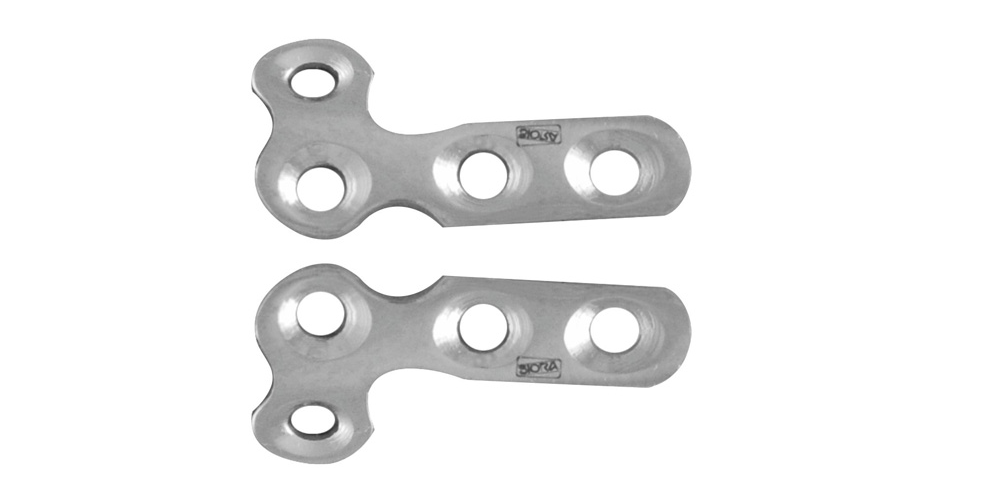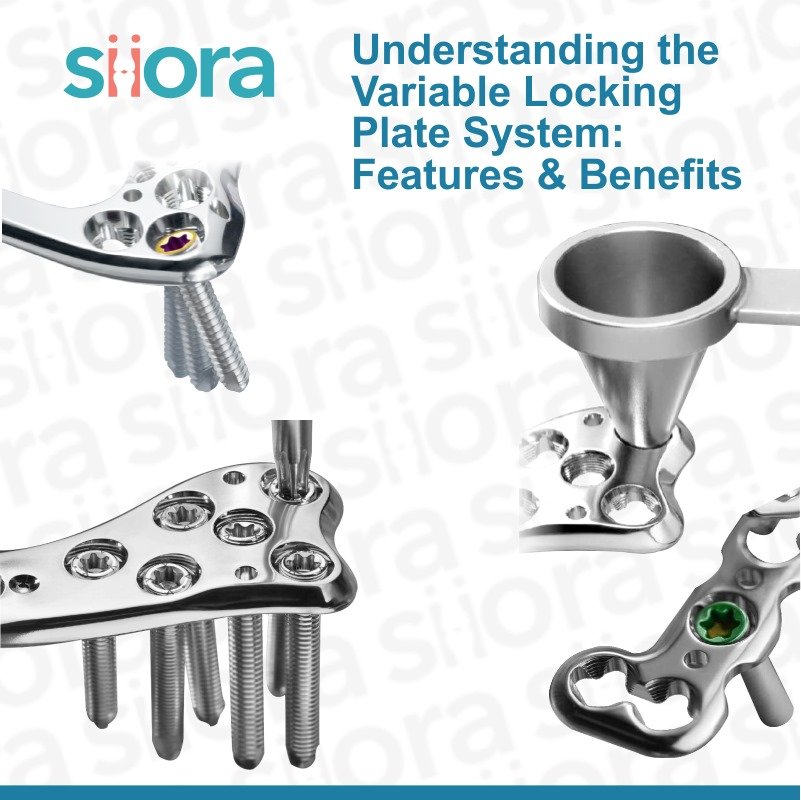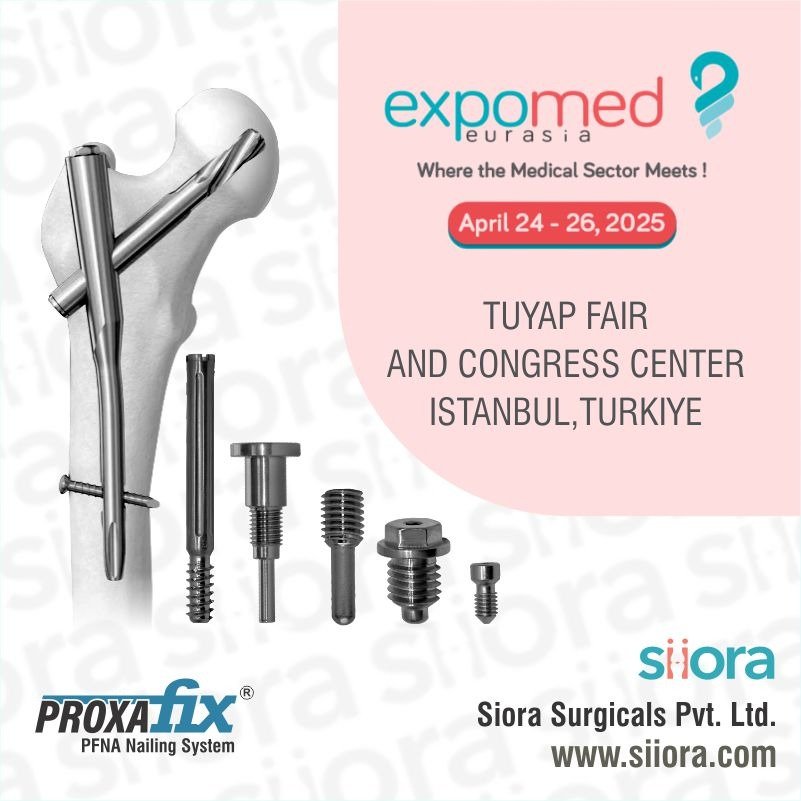Orthopedic surgeons have relied upon stainless steel surgical fixation implants to treat patients having different acute orthopedic injuries for years.
However, surgical implantation is just one step in an otherwise intricate as well as a complex process of developing and using a Stainless-Steel orthopedic implant.
Before the arrival of a stainless-steel orthopedic implant to the operating room, there is a comprehensive product development procedure. It closely assesses the various physical as well as chemical properties of the potential implant. Beyond making sure of the inherent stability of the implant, developers must also create compatibility of the implant within its destined anatomical environment.
Additionally, there are closely-regulated sterilization, packaging, as well as distribution protocols. They are created to ensure that the structural integrity of the fixation device and its eventual safety is not compromised.
In the case of hardware removal, these stainless-steel surgical implants after it is extricated from the patient’s body following a poorly documented, uncertain, post-vivo fate. However seemingly simple, the life of stainless-steel surgical implants is amazingly vast.
For orthopedic applications, surgical fixation implants usually use stainless steel as a worthy candidate. This is largely because of its desirable structural properties, biocompatibility, and proven success in load bearing as well as fixation. Orthopedic surgeons utilize these devices routinely without giving thought to how these devices are intended, developed and engineered. The early life (i.e. manufacturing, development, and implantation) of orthopedic-destined stainless steel is well understood, cataloged, and regulated till implantation. Once these implanted devices no longer become beneficial to the patient, following hardware removal, for example, the fate of the implant isn’t properly documented. These implants are such an integral part of the practice of an orthopedic surgeon.
Material Selection & Product Development
In the development of any metal surgical device, selection of material is a major criterion. Physical properties like density, melting point, specific heat, thermal conductivity, corrosion, thermal expansion, radiolucency, and malleability are thoroughly considered. The density of metal is of specific importance for orthopedic applications. Increased density confers increased strength as well as stiffness. However, with an increase in weight of the implant, the ratio of strength-to-weight and stiffness-to-weight respectively are 2 fundamentally significant concepts when considering the functionality of an ortho implant. For example, in the case of a hip replacement femoral stem, the physical compliance of biomaterial should match adjacent bone. This is to inhibit stress shielding and/or bone loss resulting from a lack of loading.








